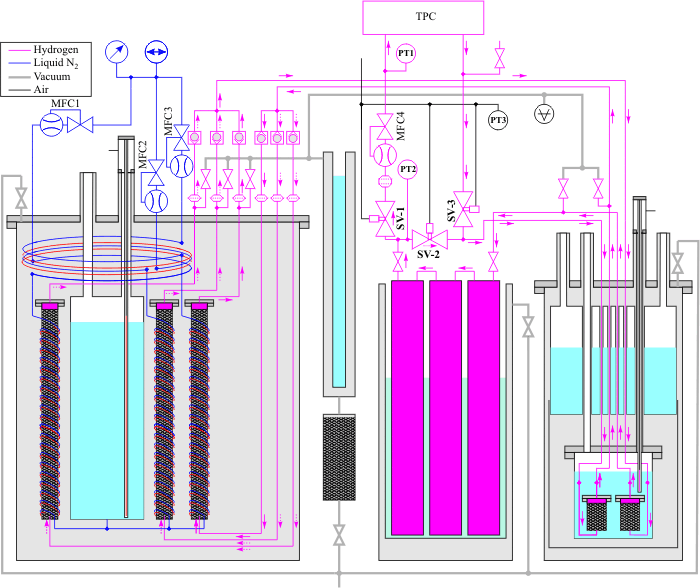Structure
Compressor and Filter are principal parts of the device, their team-work is necessary for a normal functioning of the purification system. There is a principal possibility to introduce a Palladium filter into the system.
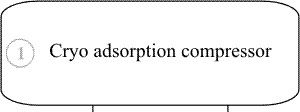
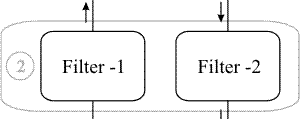
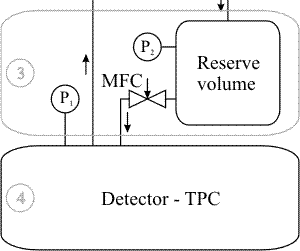 Fig. 2. Schematic diagram of CHUPS.
Fig. 2. Schematic diagram of CHUPS.
Compressor is a cryo-adsorption compressor. The principle of operation of the Compressor is based on low-temperature (about 78K) adsorption of H2 by a working substance – adsorbent, and subsequent desorption at higher temperature. Activated carbon (Norit RB3) is used as the adsorbent. Adsorbent is cased in special cartridges – adsorbers (Fig. 4). Liquid nitrogen is applied for cooling of the adsorbers. Electric heaters warm the adsorbers. Wires of the heater are winded between the heat exchanger coils (see Fig. 4). The system is equipped by three identical and alternately working adsorbers to provide persistent flow of hydrogen.
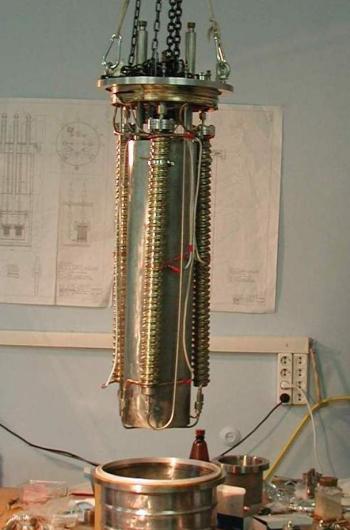 Fig. 4. Three cartridges of the Compressor.
Fig. 4. Three cartridges of the Compressor.
The Filter has two identical adsorbers, permanently cooled by a liquid nitrogen. The first adsorber (Fig. 2, Filter 1) is connected to the inlet of the Compressor, the second one (Fig.2, Filter 2) is connected to the outlet of the Compressor. Such scheme provides better purification efficiency.
The principle of operation of the Palladium filter is based on filtration of hydrogen through a palladium membrane. Using of the palladium filter provides the best purification efficiency. Installation of the Palladium filter into the system is necessary in case of presence of strong contaminations source in TPC.
Described units are joined by pipelines with the main (Fig. 2, TPC) and the reserve buffer volumes into a common system as it shown on Fig. 3. Reserve buffer volume can be cooled by liquid nitrogen to provide a maximal extraction of hydrogen from the system during service maintenance.
The system has its own oil-free pumping subsystem and a hydrogen sampling connector for filling sample volume, which is used for contamination analysis.
